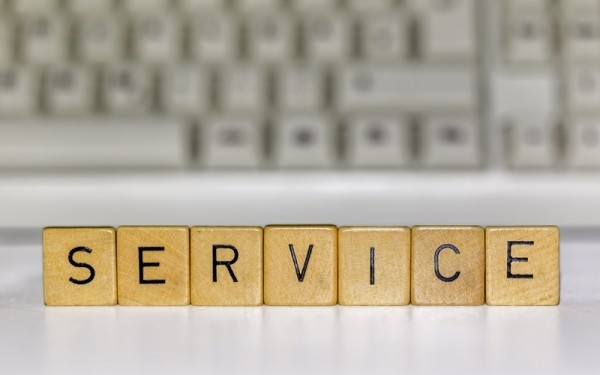
Among small businesses, the choices for broadband service are often fairly limited - especially if fiber optic delivery is out of your price range at the moment. Depending on services offered in your area, the two likely choices are DSL (Digital Subscriber Line) and Cable Internet.
Broadly speaking, if cable is an option, it's going to be a better pick for most businesses. However, let's break this down a bit more and see how DSL stacks up against cable these days.


DSL vs Cable - The Pros and Cons

I - DSL
First, to be clear, most of the time "DSL" actually refers to ADSL, for Asynchronous Digital Subscriber Line. Asynchronous here basically means that it's optimized for download speeds, rather than balancing upstream and downstream equally. Some companies also offer ADSL2+, which has parallel voice/data lines for better bitrates on both.
Either way, DSL is the descendant of traditional twisted-wire copper phone cabling, and is built on the same fundamental technologies as telephone service. Its main advantages are its ubiquity and its low cost. This is very well-known and affordable.
However, it offers a few disadvantages. Download speeds are far slower, with even the fastest DSL offerings only reaching the 45Mbps range. Also, DSL is heavily affected by the distance you are from your provider. Theoretically, it can transmit up to about 3.5 miles. However, in practice, anything beyond 2 miles will start seeing severe performance penalties.
That said, DSL may occasionally offer advantages to a small shop with significant upload needs. Cable is notoriously poor on upstream speeds, so a true DSL connection may net better uploads. You'll be paying for the privilege, however, possibly as much as you would for a much-superior fiber option.
II - Cable
In most cases, cable is the superior option for small business Internet service. Unlike DSL, cable is a much newer technology that was designed specifically around long-range transmission of data. As such, it's been able to update and stay current with Internet trends.
Today, business-class speeds of 100Mbps are common, which is considered more than sufficient for data, voice, and videoconferencing needs. The core standard for cable transmission, DOCSIS, also continues to evolve. Speeds of 250+Mbps are already being worked on.
This makes it a great option for those newer bandwidth-hungry Access Points, if you've got your eye on a new WiFi network.
Also, cable lacks the long-range transmission issues of DSL, able to carry data for many miles without any significant signal decay. Multiple studies have shown that cable connections maintain steadier and more reliable connections, compared to standard ADSL.
The only significant drawback to cable is that bandwidth is often shared among a large pool of users in a geographic area, especially on lower-cost plans. Unless you're willing to pay extra for guaranteed service, there's a small chance you could end up fighting other homes and businesses in the area for bandwidth. However, this is far less commonplace today than it was ten years ago, as cable networks have continued to grow in scope and reliability.
If It's Your First Business Network, Cable Is A Good Choice
We'll be honest here - all copper-wire technologies are on the way out, and even though cable is far better than DSL in most ways, both are left in the dust by fiber optics.
If you can't afford fiber yet, a cable connection is definitely your next-best option for maintaining a high-speed business network. Just keep in mind that there's a high likelihood you'll outgrow it and be installing fiber within the next few years anyway.
Do you have more questions about setting up your first business network? Hummingbird is happy to help! Contact us today with your questions, or for a free evaluation of your business's overall networking needs.










